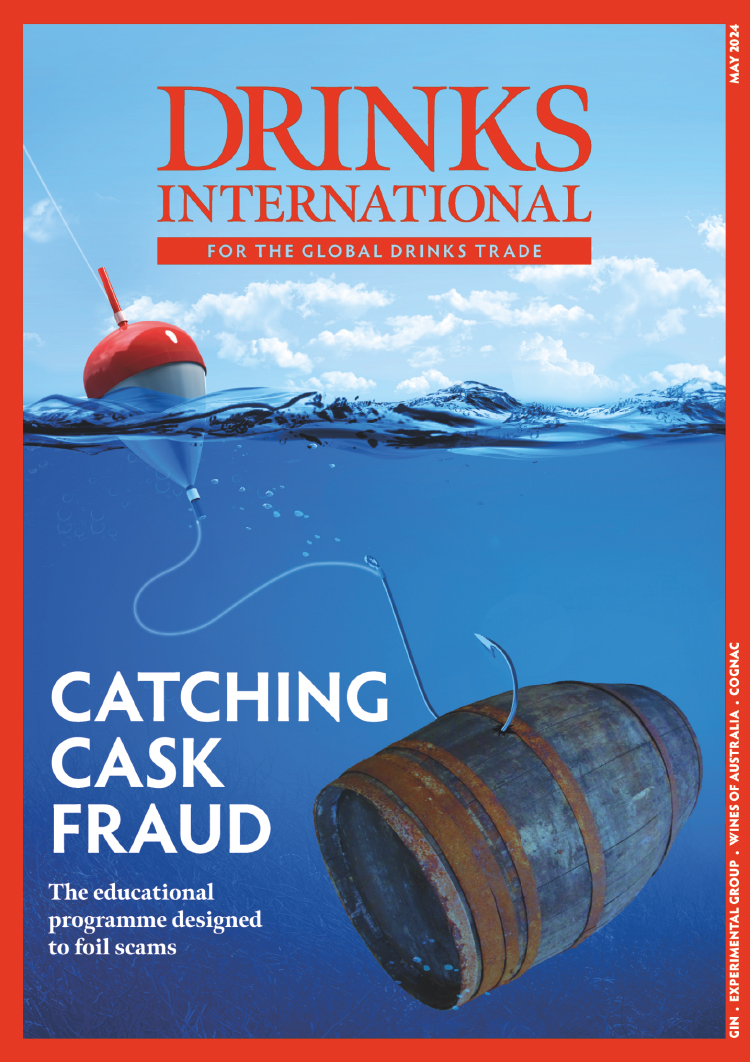It’s hard not to opt for a clichéd introduction when you write about sweet wines. You know the sort of things to expect: they’re the undervalued gems of the wine world; there’s a wide diversity of them; they used to be highly prized but now they’re looking like artefacts of a vanished age when people weren’t counting calories or driving home from the restaurant.
Of course, there’s some truth in this – the great glory days of sweet wine have passed. As an example, look at the Australian wine market pre-1960s, when fortified sweet wines were absolutely dominant. That situation will never return. But sweet wine is alive and there’s lots of interest in this category, particularly in the on-trade where there has been success with by-the-glass programmes and specific wine recommendations on menus.
Grapes picked at normal maturity contain around 220g/litre of sugar. Yeasts typically consume 16g of sugar for each degree of alcohol they produce, and generally poison themselves when the alcohol level reaches 15%. So producers wanting to make sweet wines have to find ways of preventing yeasts using up all the sugar, either by starting with very high sugar levels through a late harvest, or stopping yeasts in their tracks, or a combination of both approaches.
It is the variety of approaches to making sweet wine that in large part accounts for their diversity.
The concentration of sugars in grapes is one route and, rather handily, this also concentrates acidity, which is vital to balance the perception of sweetness and to avoid the wine becoming too cloying. This can be achieved by freezing grapes (ice wine), or by drying grapes after harvest (Vin Santo, Pedro Ximenez sherry, Recioto della Valpolicella). But the most famous way this is achieved is through noble rot, when already ripe white grapes (notably Semillon and Sauvignon in Bordeaux, Riesling in the Mosel, and Furmint in Tokaji) are infected with the fungus botrytis cinerea, which concentrates the sugars and acids. But this is not all that the fungus does.
I visited wine scientist, consultant winemaker and vigneron Denis Dubourdieu at one of his family properties, Château Doisy-Daëne, in Barsac (Sauternes), Bordeaux to quiz him about Sauternes and other sweet wines in Bordeaux.
According to him, the key for great Sauternes is having just a short time between the end of ripening and infection by botrytis. “Infection is not only about concentration,” he says, “it is about the stimulation of aroma precursors by the pulp.”
Dubordiueu and his research team discovered the importance of these aroma compounds in white wines, which are then turned into aromatic molecules called polyfunctional thiols, which contribute grapefruit, apricot and passion fruit characters to the wine. They’re abundantly present in the best Sauvignon Blancs, but also at even higher levels in many botrytised wines.
“When the grape is becoming an old guy it is difficult for it to be excited by the fungus,” says Dubordieu. So, to produce the best Sauternes you want fast ripening and fast invasion of healthy ripe grapes. “Sauternes is not a place of late harvest: most of the best vintages are early vintages,” he states. Merely concentrating the sugars and acids makes very nice wines, but not great ones.




